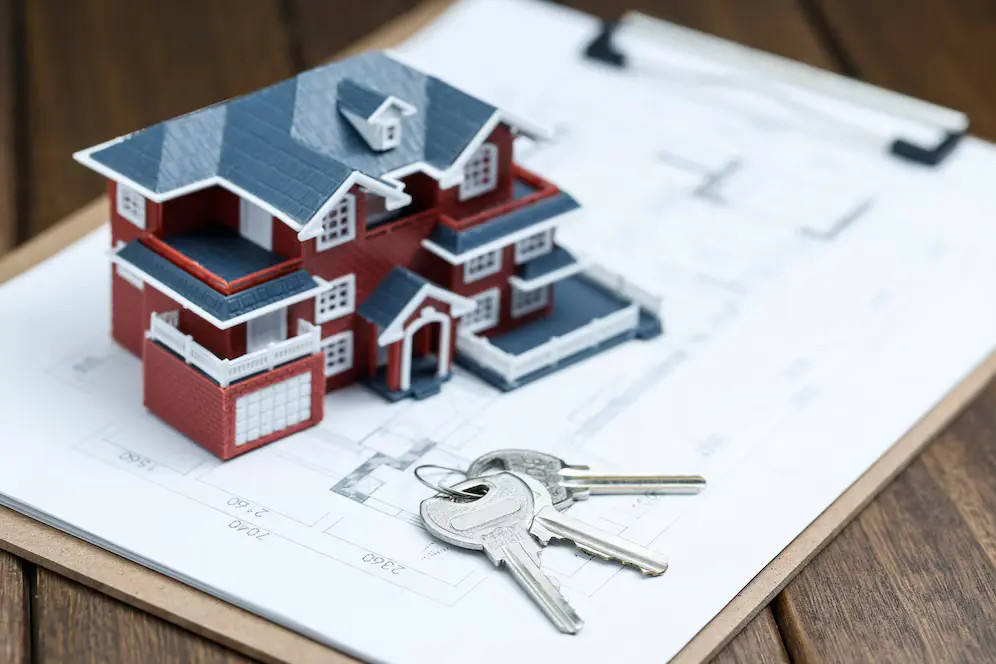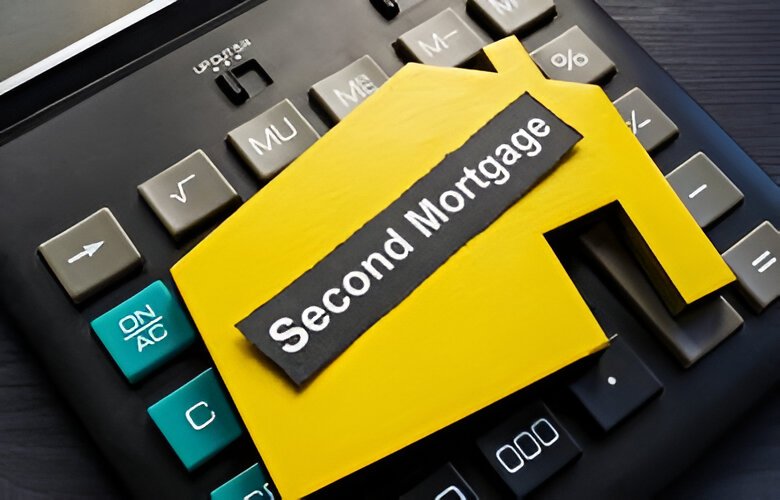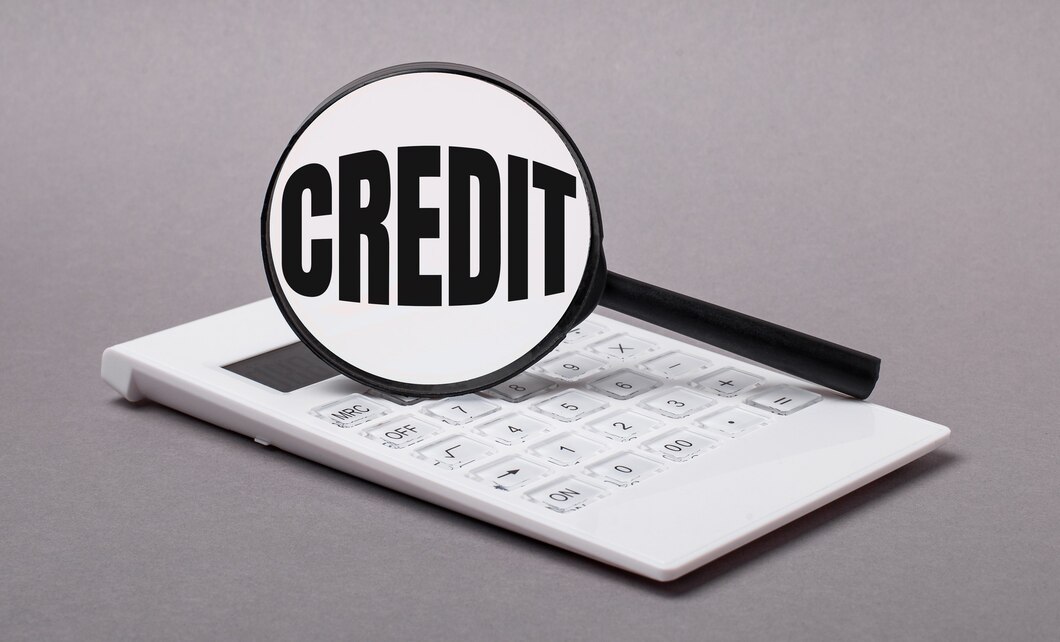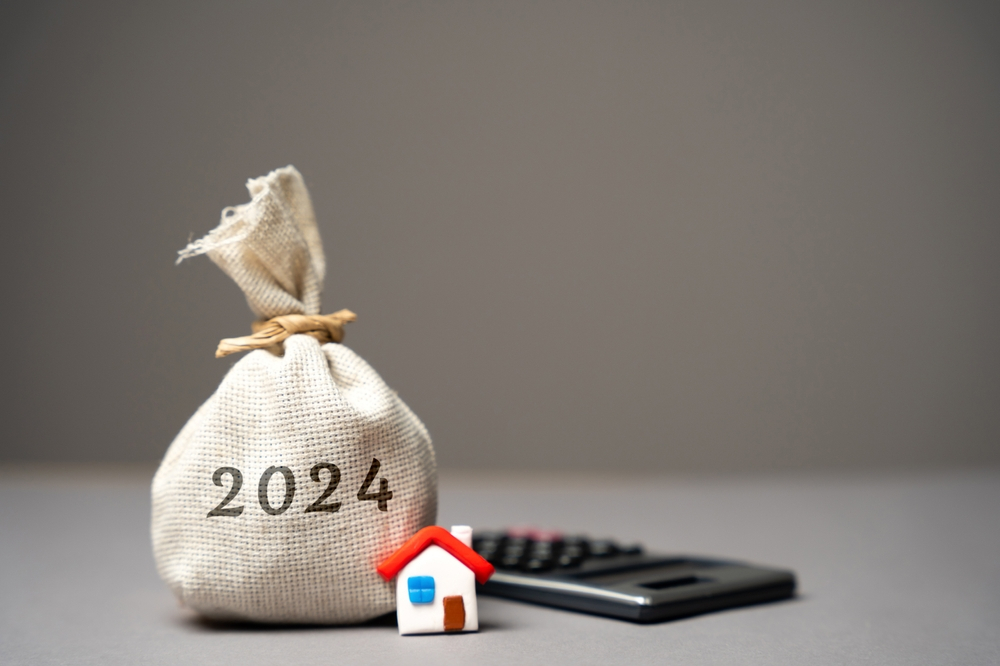Not all of the real estate stars align when you’re trying to buy a new house. This is especially true in hot markets when finding a new house or selling your existing one might be difficult.
This can cause the closing dates for your old house and your new home to be weeks or even months apart. When this happens, bridging finance for a property purchase, also known as a bridge mortgage for a home purchase, could be the best option.
Qualifying for a bridge Financing in Canada can be difficult, so we’ll go over everything you need to know, including what it means, how it works, what you need to do to qualify for one in Canada, bridge loan interest rates, and more.
What is a Bridge Financing?
A bridge loan for a house purchase is employed when you’ve purchased a new home and the closing date of the new home falls before the closing date of your previous home. In Canada, bridge financing is a short-term loan that allows you to put a large down payment on your new house before selling your previous one.
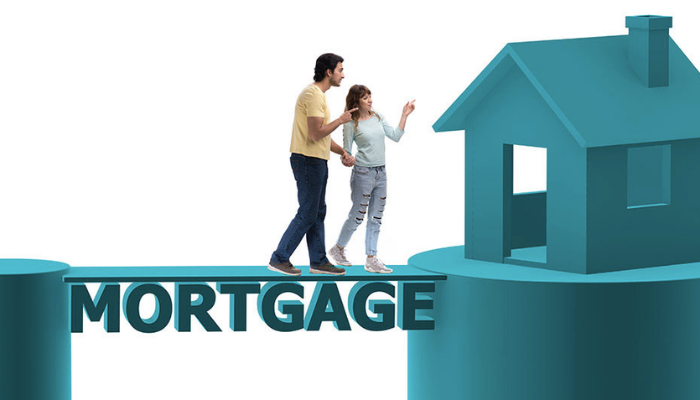
When purchasing a home, bridge financing is often used for a limited period of time. In Canada, most bridge loans must be repaid within six to twelve months. When compared to a line of credit, bridging finance for property purchases has the advantage of not requiring regular mortgage payments.
How Does Bridge Financing Work?
Bridge finance is only used when you have enough equity in your house to repay it quickly (typically up to six months). This allows you to purchase a new house whenever it is most convenient for you, rather than needing to sell your present property fast.
Bridge financing differs from a home equity line of credit (HELOC) in that HELOC borrowers are required to pay interest on a monthly basis. Borrowers who take up a bridge loan only have to pay back the loan when their old property sells. As a result, for people who are short on funds, bridge financing is a preferable option.
Requirements for a Bridge Loan
The basic requirements for a bridge loan are generally not hard to meet. If you have a stable income and have been staying out of debt, getting a bridge loan can be a very easy process. Some basic factors lenders will look at in order to determine whether you qualify for bridge financing are:
- Equity: You’ll need at least 20% equity in your house to qualify.
- Affordability: Lenders will assess your ability to repay several loan payments. Until the house sells, you may be paying a bridge loan, as well as a mortgage on your new property and your present mortgage. You’ll need adequate income or financial reserves to cover the installments or to pay off the loan if necessary.
- The real estate market: How quickly will you be able to sell your home? A bridge loan may not be a suitable choice if your home is in a slow-moving market. Furthermore, you may find yourself making three different mortgage payments for longer than you anticipated, putting a strain on your finances.
- Excellent credit: You must demonstrate that you have managed your debt appropriately, with a credit score higher than 650.
How to Qualify for Bridge Financing
When it comes to applying for a bridge loan, it’s comparable to qualifying for a mortgage. You may be required to give evidence of income, a mortgage statement, and a credit check, depending on the financial institution. If you’re obtaining a bridge loan for a house purchase from the same bank that owns your old mortgage, they should already have all the information they need.
Most lenders will want to see the selling agreement for your present home and the purchase agreement for your new property when you apply for bridge financing for a house purchase. Without a sale agreement, banks that provide bridging finance on a property may refuse to grant you money.
If you don’t have a sale agreement, how does bridge financing work? To acquire the loan, you may need to go to a “B” lender or a private lender. In this instance, bridging mortgage interest rates will be higher than conventional bank-based bridge financing rates in Canada.
Many homebuyers in Canada now require very substantial down payments due to the high cost of housing in the country. As a result, bridge funding for property acquisitions can be substantial: banks will typically approve larger bridge loans for home purchases on a case-by-case basis.
For smaller bridge loans for a home purchase, the lender usually won’t register a lien on your home. When bridge financing for home purchases gets into the high hundreds of thousands, however, the lender may put a lien on your home (which will bring added legal costs).
The Pros and Cons of Bridge Financing
The Pros of Bridge Financing:
1. It’s a Quicker Way to Obtain Financing
Bridge loans often have a considerably speedier application, approval, and funding process than standard loans. You can easily get funding to cover your down payment and even fund some other expenses you may have, such as purchasing new furniture or renovating your new home.
Bridge funding is especially important if you cannot meet your down payment requirements by a long shot. Bridge financing gives you an advantage by allowing you to meet your down payment without having to stress yourself financially.
2. Take More Time to Sell Your Current Home
With a bridge loan, you don’t need to worry about finding and selling to the first person ready to purchase your property. Instead, you get a good amount of time to properly market and sell your home at a price that is fitting and might even bring you some profit.
This also allows homeowners to shift with ease. Rather than making and keeping up with short deadlines for the move, you can plan when you shift which parts of your furniture and other belongings.
With bridge financing, you can have a hassle-free moving process.
The Cons of Bridge Financing:
1. Payments May Be Larger
Bridge loans often have maturities ranging from three to eighteen months. As a result, your monthly payments will be significantly larger and can affect you financially. This is only a minor disadvantage if you have sufficient funds to make the installments and interest can add up quickly.
2. It Can Be Risky if Future Payment Falls Through
Most borrowers make payments for their mortgage from their monthly salary, however, if you are someone with an unstable job or self-employed this can pose a financial risk. You may be anticipating future payments if you’ve taken out a bridge loan. Unfortunately, if you plan to use the money from the payment you’re expecting and it doesn’t happen, you could be stuck with a hefty, unexpected bill.
What Interest Rate Should You Expect for a Bridge Loan?
Bridge financing rates in Canada vary based on the lender, the loan amount, your credit score, and whether or not you have a contract to sell your current property. The Bank of Canada prime rate (now 2.45 percent) + 2% is often the lowest bridging finance rate on a property. You should be able to acquire this kind of bridge mortgage rate if your financing is for a house purchase with the same firm that owns your mortgage and you have already sold your home.
If you require bridge financing to buy a house while your old one is still on the market, “B” lenders and private lenders can charge rates as high as 9.9%, depending on your financial situation.
Even if you’ve sold your previous house, bridge financing rates in Canada can be extremely high if your income is low or your credit score is poor.
Alternatives to Bridge Financing
Before you take out a bridge loan, it’s best to consider alternatives such as:
- A line of credit secured by your home (HELOC): This product is a home equity line of credit based on a proportion of your house’s equity. If you’re authorized, you can borrow as much as you need up to the amount of your credit line, so you might borrow enough to put a down payment on a new home and pay off the credit line when you sell your old one. This option, like a bridge loan, uses your home as collateral.
- Home equity Mortgage: This option allows you to take a lump-sum loan against a part of your home’s equity. If you utilize a home equity mortgage to pay for a down payment on a new house, you must begin repaying the mortgage straight away. The mortgage is secured by your current residence.
- Cash-out refinance: To use a cash-out refinance instead of a bridge loan, you would refinance your current house’s mortgage for enough money to pay off your current mortgage and put down a deposit on a new home. To make the deal work, you’d need enough equity in your current property, and you’d still be paying two mortgages until your current home is sold.
- Piggyback loan of 80-10-10: Rather than taking out a home equity mortgage or line of credit on your current house, you take out one on the new home to finance 10% of the down payment. Typically, you take it out at the same time as your new home’s mortgage. You also put down a ten percent down payment.


